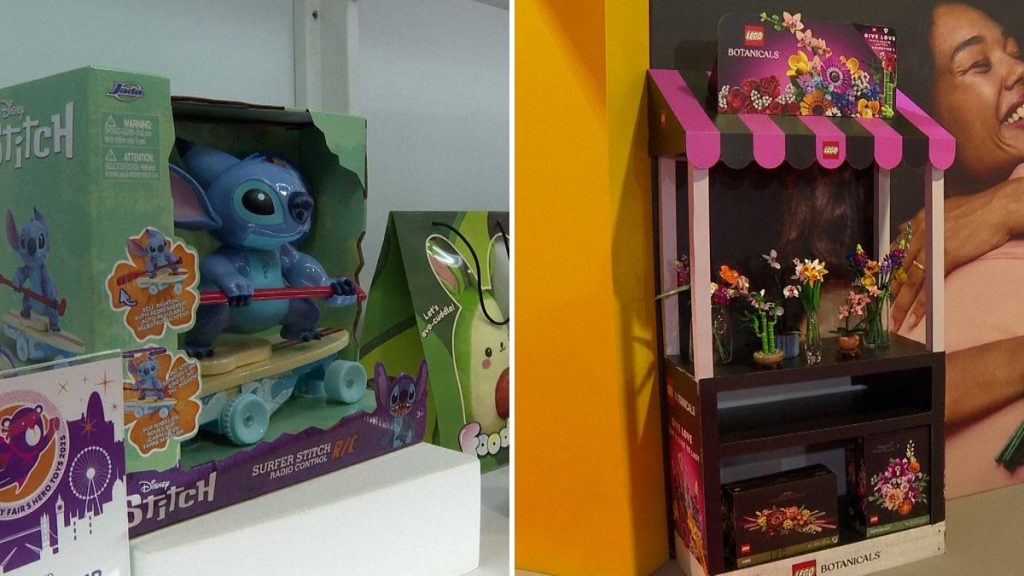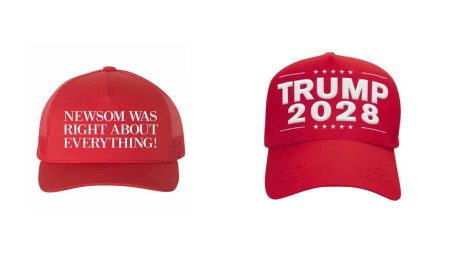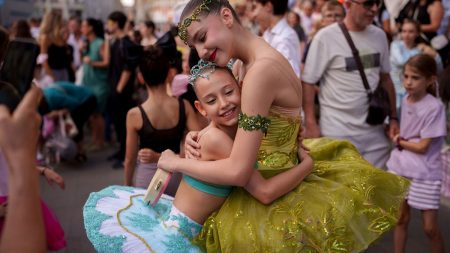The UK Toy Fair, a vibrant hub of innovation and tradition, recently unveiled the trends poised to captivate the toy industry in 2025 and beyond. A dominant theme emerging from the exhibition was the powerful resurgence of nostalgia, with classic brands and characters reimagined for a new generation. This isn’t simply a rehashing of old favorites; instead, it’s a sophisticated blend of familiar elements with contemporary design and technology, creating a bridge between generations and offering a potent dose of comforting familiarity in a rapidly changing world. This trend taps into the millennial and Gen X parents’ desire to share their childhood favorites with their children, while simultaneously appealing to the children’s inherent love for engaging stories and characters. Expect to see a continued surge in reboots, revitalized franchises, and retro-inspired toys that evoke a sense of shared history and cross-generational play.
The fair also highlighted the growing influence of digital integration in the toy landscape. This extends beyond simply incorporating technology into toys; it’s about creating holistic play experiences that blend physical and digital worlds seamlessly. Augmented reality (AR) and virtual reality (VR) are no longer futuristic concepts; they are increasingly becoming integral components of play, enhancing traditional toys with interactive elements, personalized experiences, and educational opportunities. Imagine building blocks that come alive through AR, or board games that transport players to virtual worlds. This merging of physical and digital realms creates dynamic and engaging play patterns that cater to the tech-savvy children of today, blurring the lines between real and virtual and fostering creativity in exciting new ways.
Collectibles, a perennial favorite, are undergoing a significant transformation, evolving from larger items to micro-collectibles. These miniature treasures, often intricately detailed and spanning a vast range of themes, tap into the inherent human desire to collect, curate, and trade. Their diminutive size makes them highly portable and affordable, allowing for extensive collections and fostering a sense of community among collectors. Blind bags and surprise packs add an element of anticipation and excitement, further fueling the collectible craze. The micro-collectible trend also caters to the desire for personalized expression, with collectors able to curate unique sets that reflect their individual interests and personalities.
Sustainability emerged as a critical theme, reflecting the growing global awareness of environmental responsibility. Toy manufacturers are increasingly embracing eco-friendly materials, sustainable packaging, and ethical production processes. This shift is driven not only by consumer demand but also by a genuine commitment within the industry to minimize its environmental footprint. Toys made from recycled plastics, bio-based materials, and sustainably sourced wood are gaining prominence. Furthermore, the focus is shifting towards durable, long-lasting toys that can be passed down through generations, combating the throwaway culture and promoting a more conscious approach to consumption.
The influence of popular culture, particularly movies, television shows, and video games, continues to be a major driver of toy trends. Licensed toys based on beloved characters and franchises remain highly sought after, providing children with tangible connections to their favorite stories and heroes. This trend is increasingly intertwined with the digital integration discussed earlier, as toys become extensions of the narrative worlds children engage with on screens. Expect to see more sophisticated tie-ins, interactive playsets, and immersive experiences that blur the lines between entertainment and play, allowing children to actively participate in the stories they love.
Finally, the UK Toy Fair showcased a renewed focus on educational toys that promote learning through play. These toys are designed not only to entertain but also to engage children in STEM subjects (Science, Technology, Engineering, and Mathematics), foster creativity, develop problem-solving skills, and encourage imaginative play. From coding robots to interactive building sets, these educational toys provide children with valuable learning opportunities in a fun and engaging way. This trend reflects a growing recognition of the importance of play in child development and the potential of toys to be powerful tools for learning and growth. The educational toy sector is moving beyond traditional learning aids, incorporating cutting-edge technology and innovative design to create truly engaging and enriching play experiences. The result is a generation of toys that not only entertain but also equip children with essential skills for the future.














